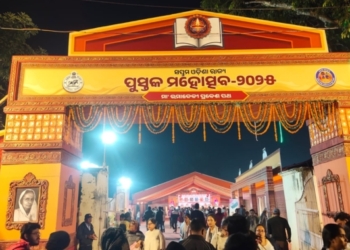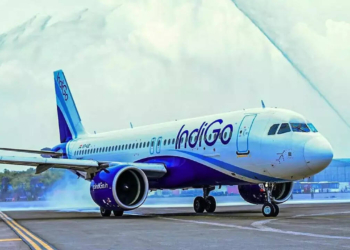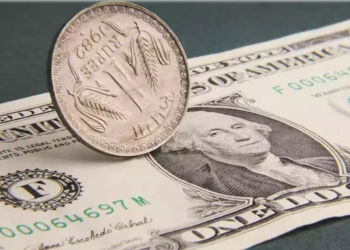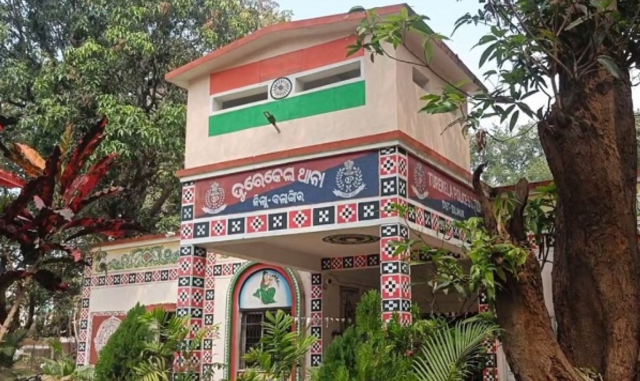Starting May 1, withdrawing money from ATMs will cost more for Indian bank customers, as the Reserve Bank of India (RBI) has permitted banks to increase charges beyond the monthly free limit to ₹23 per transaction, up from the current ₹21.
This hike, announced in an RBI circular dated March 28, applies to all commercial banks, regional rural banks (RRBs), co-operative banks, ATM network operators, and white-label ATM providers.
How Many Free ATM Transactions Do You Get?
Customers can still make:
-
5 free ATM transactions per month at their own bank’s ATMs.
-
In metro areas, 3 free transactions at other bank ATMs.
-
In non-metro cities, 5 free transactions at other bank ATMs.
These limits apply to both financial (cash withdrawal, deposit) and non-financial (balance check, PIN change) transactions.
Beyond Free Transactions: What You’ll Pay
Once your free monthly limit is exhausted, each additional ATM or CRM (cash recycler machine) transaction — excluding cash deposits — will cost ₹23.
ATM Network Reach in India (as of Jan 2025):
-
1.31 lakh on-site ATMs and CRMs
-
85,800 off-site ATMs and CRMs
Why the Price Hike?
According to RBI, the hike is part of a routine revision aimed at keeping up with operational costs and evolving banking needs.
Shikhar Aggarwal, Chairman of BLS E-Services, noted that this move could benefit Business Correspondents (BCs) and digital-first platforms. “As ATM charges increase, users—especially in semi-urban and rural areas—may prefer MicroATMs and BC networks that offer fee-free transactions,” he said.
Interchange Fees Remain Unchanged (For Now)
-
₹17 for financial transactions
-
₹6 for non-financial transactions
These rates are still determined by ATM network providers and remain unaffected by the new circular—for now.





























